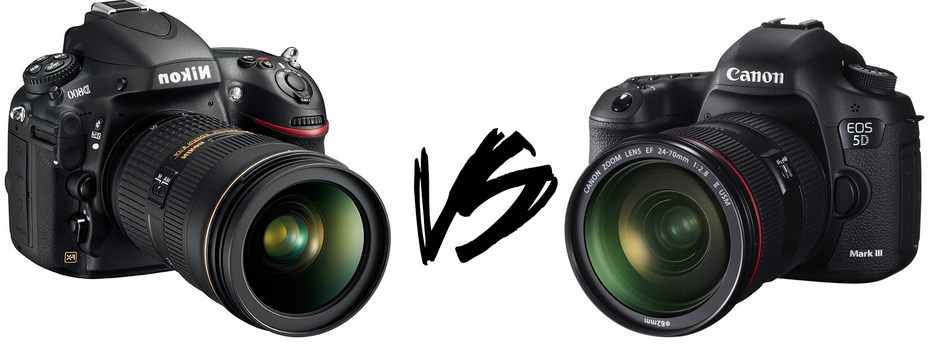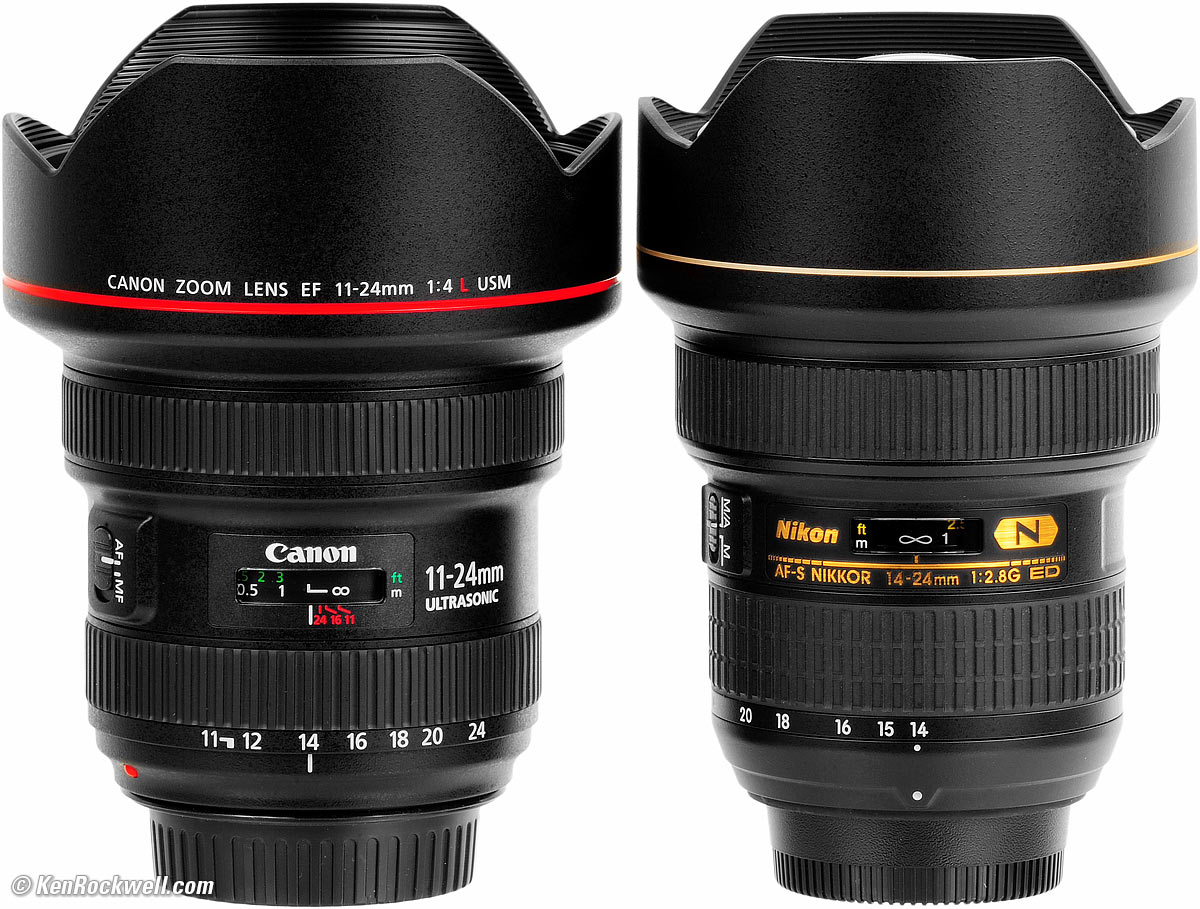With any new technology, the enthusiasts and hobbyists always seem to split into different factions: PC vs. Mac, iPhone vs. Android, Google vs. Bing. It’s no different with digital cameras, and in the case of Canon vs. Nikon, it’s a debate that predates the digital revolution. Photographers have been arguing back and forth for over 30 years, each side trying to establish supremacy over the other. But you’re new to this world, and you haven’t chosen sides yet.
Truth be told, Nikon vs Canon – is a hard choice, because both companies have solid offerings all the way up their product lines, from entry level cameras for the hobbyist to professional grade units that cost more than a decent used car.
Image Resolution & Megapixels:
When you start to dig down into the specs, you see that there are certain trade offs between each model. The first thing we all look at is megapixels—conventional wisdom has it that the bigger the number, the better the camera, but this isn’t necessarily true. Yes, more megapixels means you can make larger prints, but the quality of your images is determined by the size of the camera’s sensor. From a numbers perspective, Nikon wins on both counts: its entry level D3100 boasts 14.2 megapixels and a 23.1 x 15.4 mm sensor. Canon’s Rebel T3, on the other hand, is very close behind with 12.2 megapixels and a 22 x 14.7mm sensor. So, for image quality and size, Nikon beats out Canon—barely. Understand that the differences in these specs are negligible. The human eye will never perceive the difference in image quality, and the hobbyist rarely makes prints larger than 8×10. Each camera has you more than covered for this requirement.
Autofocus:
Another place where Nikon shows a slight edge over Canon is in the number of dynamic autofocus points. These are points in the field of view where the camera tries to “guess” at what is the subject of the photo. If you want to compose a photo so that your subject is in the top right of the frame, you line your subject up with the top right autofocus point and let the camera do its thing. The D3100 has 11 of these points; the Rebel T3 has 9. This sounds like the Nikon gives you more choices for composition, and technically this is true. But beware, some photographers—myself included—find even nine autofocus points more than necessary, and sometimes they can even be an intrusion. In fully dynamic mode, the camera—with so many choices on where to focus—can often guess incorrectly, making spontaneous, act-fast types of shots difficult to shoot. If you’re shooting action shots, you’ll find yourself setting the focus to one point only, and making sure you line your subject up with that.
Camera Settings: Is there a difference?
In almost no other specification do we see a difference in Canon vs. Nikon—the Rebel T3 and the D3100 are practically identical twins when it comes to the other standard camera settings. Take shutter speed, for example. On the slower end of things, both cameras feature a Bulb setting—where the shutter stays open for as long as you hold the button down—which is great for experimental low light photography. Each camera’s slowest automatic shutter speed is 30 seconds. For high speed shooting, both max out at 1/4000th of a second, which is fast enough to freeze a speeding car in time if you want to photograph it. As far as other common settings like ISO, frame rate, monitor size, and picture settings, the Rebel T3 and the D3100 mirror one another almost across the board.
Lens Cost & Compatibility:
A more important factor when considering Canon vs. Nikon is lens compatibility. Of course, if you’ve got some old lenses lying around it makes the decision on the body a lot easier. The cost of quality lenses from both sides can often far exceed the price of an entry-level camera body; if you’re sitting on a few older Canon EF mount lenses from your 35mm film days, you can attach those to any of Canon’s digital offerings today, so the decision is pretty much a no-brainer. Unless you’ve scratched up the glass, lenses don’t lose much quality. The same goes for Nikon and their F mount lenses. In fact, Nikon has been using the F mount since 1959; if you’re starting from scratch, and don’t mind a few manual focus lenses in your collection, a Nikon body may be the way to go. You’ll have over 50 years of high quality glass to choose from on the secondary market, which is a great way to build a full camera system for far less money.
Canon vs Nikon Cost Comparison:
Finally, as with all purchases, how do these cameras stack up against one another when it comes to price? In the entry-level arena we’ve been discussing, who wins the price battle of Canon vs. Nikon? The sticker price of the Nikon is $50 higher than the Canon—$549 vs. $499, with lens included—and that’s appropriate considering the slightly larger sensor, with a slightly smaller crop factor, that the Nikon D3100 has. You’re even paying a bit less per megapixel on the Nikon. These are just sticker prices, though. When you start doing some comparison-shopping online, you begin to notice that their prices end up being nearly identical. In the end, we’re looking at two brands of camera with world-class reputations and long histories of quality and innovation.



